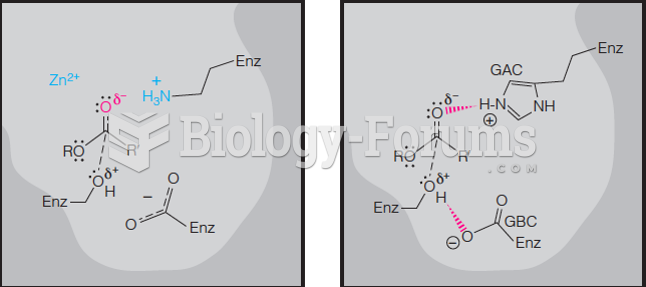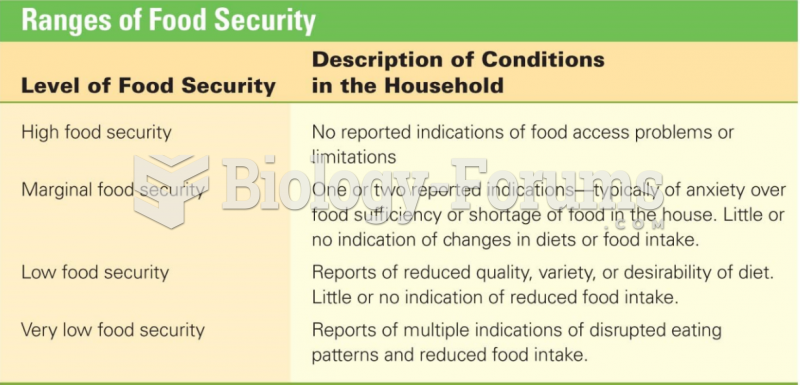Answer to Question 1
All vegetables provide an array of nutrients, but some vegetables are especially good sources of certain vitamins, minerals, and beneficial phytochemicals. For this reason, the vegetable group is sorted into five subgroups. The dark-green vegetables deliver the B vitamin folate; the red and orange vegetables provide vitamin A; legumes supply iron and protein; the starchy vegetables contribute carbohydrate energy; and the other vegetables fill in the gaps and add more of these same nutrients.
Dark-green vegetables: Broccoli and leafy greens such as arugula, beet greens, bok choy, collard greens, kale, mustard greens, romaine lettuce, spinach, turnip greens, watercress
Red and orange vegetables: Carrots, carrot juice, pumpkin, red bell peppers, sweet potatoes, tomatoes, tomato juice, vegetable juice, winter squash (acorn, butternut)
Legumes: Black beans, black-eyed peas, garbanzo beans (chickpeas), kidney beans, lentils, navy beans, pinto beans, soybeans and soy products such as tofu, split peas, white beans
Starchy vegetables: Cassava, corn, green peas, hominy, lima beans, potatoes
Other vegetables: Artichokes, asparagus, bamboo shoots, bean sprouts, beets, brussels sprouts, cabbages, cactus, cauliflower, celery, cucumbers, eggplant, green beans, green bell peppers, iceberg lettuce, mushrooms, okra, onions, seaweed, snow peas, zucchini
Answer to Question 2
Fruits contribute folate, vitamin A, vitamin C, potassium, and fiber.
Vegetables contribute folate, vitamin A, vitamin C, vitamin K, vitamin E, magnesium, potassium, and fiber.
Grains contribute folate, niacin, riboflavin, thiamin, iron, magnesium, selenium, and fiber.
Protein foods contribute protein, essential fatty acids, niacin, thiamin, vitamin B6, vitamin B12, iron, magnesium, potassium, and zinc.
Milk and milk products contribute protein, riboflavin, vitamin B12, calcium, potassium, and, when fortified, vitamin A and vitamin D.
Oils are not a food group, but are featured here because they contribute vitamin E and essential fatty acids.







